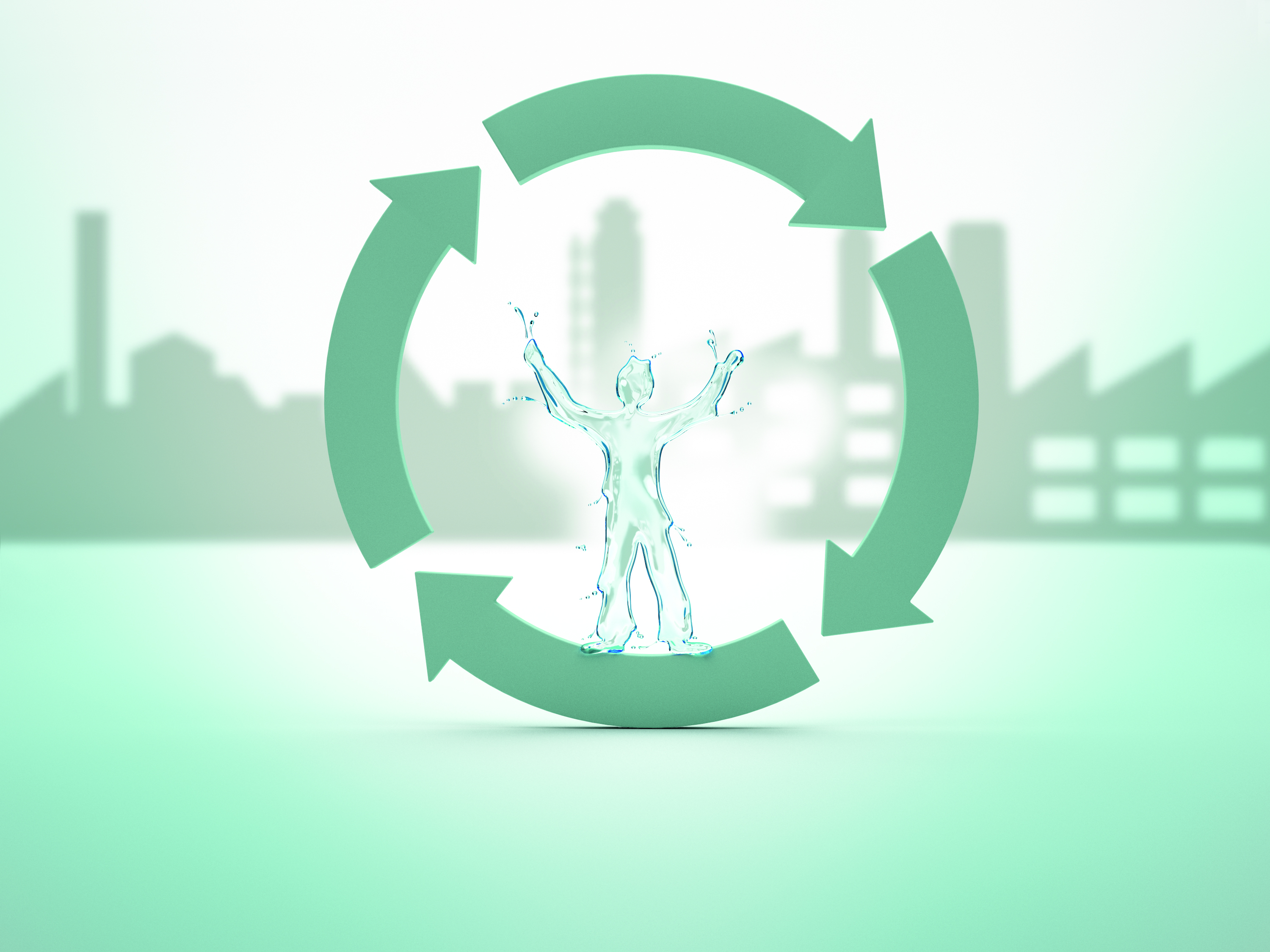Circular economy
De Watergroep recovers raw materials from waste products
A large number of waste products are released during the production of drinking water, including iron and aluminium sludge. We intend to give these residual substances a second lease of life.
De Watergroep produces around 63,000 tonnes or waste every year. Its main waste products are iron sludge, aluminium sludge, lime sludge and lime pellets. “Over the coming years, we want to reduce the waste that remains at the end of the process to a minimum and move towards the production of waste that can be reused as raw materials”, Water Treatment and Process Technology process engineer Benjamin Hermans states.

-
Lime pellets are used in more and more applications: as a building material, in the production of tiles or insulation, in the glass industry, in cosmetics and so on.
-
Lime sludge is used as a lime fertiliser in agriculture, among other things.
-
Iron and aluminium sludge can be turned into pellets to remove phosphate from water. This is being done as part of the NuReDrain research project by Interreg.
-
Iron sludge can also be used separately as a raw material, mainly in bio-fermentation, in which the sludge neutralises sulphur bonds.
“In the long term, we are looking to realise other, even more high-quality applications”, according to Benjamin Hermans. “One option we are looking at is reusing finely grained sand in water softening reactors by removing caked-on limescale deposits. In partnership with AquaMinerals, formerly Reststoffenunie, the waste product union of the Flemish and Dutch drinking water companies, we are continuously looking for new ways to find useful applications for our waste products.”